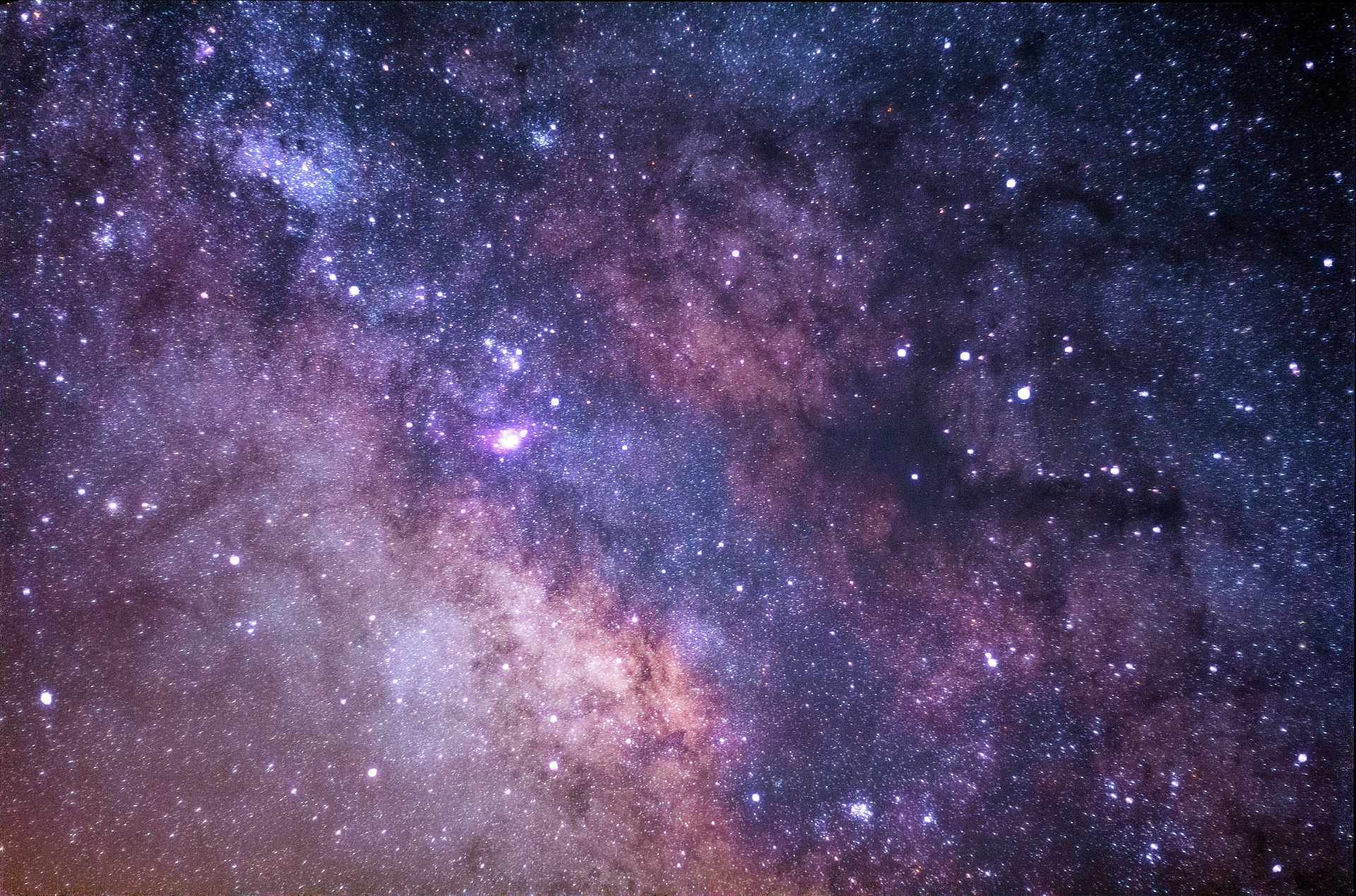Media release
From:
Observations of nearly 2,000 bursts from a fast radio burst called FRB 20201124A and the presentation of a model to explain the observed characteristics are reported in Nature and Nature Communications papers. The findings suggest that this fast radio burst may originate from a complex magnetized site, and might help us to understand the environments that produce these signals.
Fast radio bursts are pulses of radio-frequency electromagnetic radiation, first discovered in 2007. Although several hundred have been found, the physical nature and central engine of fast radio bursts remain unclear. Recent observations of a Galactic fast radio burst, originating inside the Milky Way, suggest that at least some originate from magnetars, a type of neutron star with a powerful magnetic field, but the origin of cosmological fast radio bursts, which are very distant, remains unknown.
In the Nature paper, Kejia Lee and colleagues used the Five-hundred-meter Aperture Spherical radio Telescope (FAST) in China to monitor FRB 20201124A and reported the detection of 1,863 bursts in 82 hours over 54 days. This high rate of bursts makes FRB 20201124A among the most active known fast radio bursts. They observed irregular, short-time variation of the Faraday rotation measure (which measures magnetic field strength) of individual bursts during the first 36 days, followed by a constant rotation measure. This finding, together with other features, provides evidence of a complex magnetized environment within about an astronomical unit (the distance between Earth and the Sun) from the source. The observations of its Milky Way-sized, metal-rich host galaxy reveal a barred spiral galaxy, with the fast radio burst source residing in a region of low stellar density between the spiral arms at an intermediate distance from the centre of the galaxy. The authors suggest that this environment is not that expected for a young magnetar formed during an extreme explosion of a massive star.
In the Nature Communications paper, Fayin Wang and colleagues present a physical model to explain the observed characteristics of FRB 20201124A. They propose that the repeating signal comes from a binary system containing a magnetar and a Be star (a star hotter, larger and rotating faster than the Sun) with a disk. The authors suggest that future research should probe Be–X-ray binaries in search of fast radio burst signals.



 Australia; International; NSW
Australia; International; NSW


